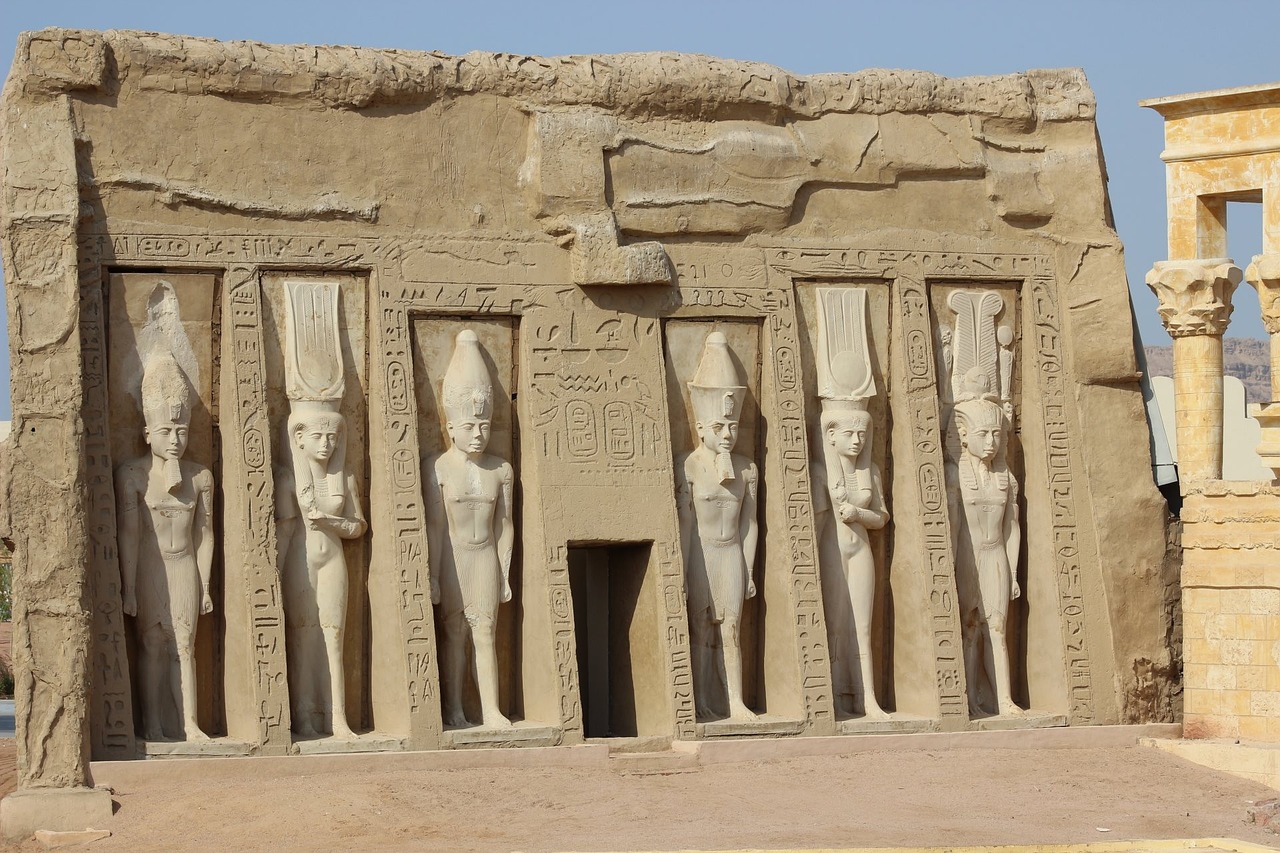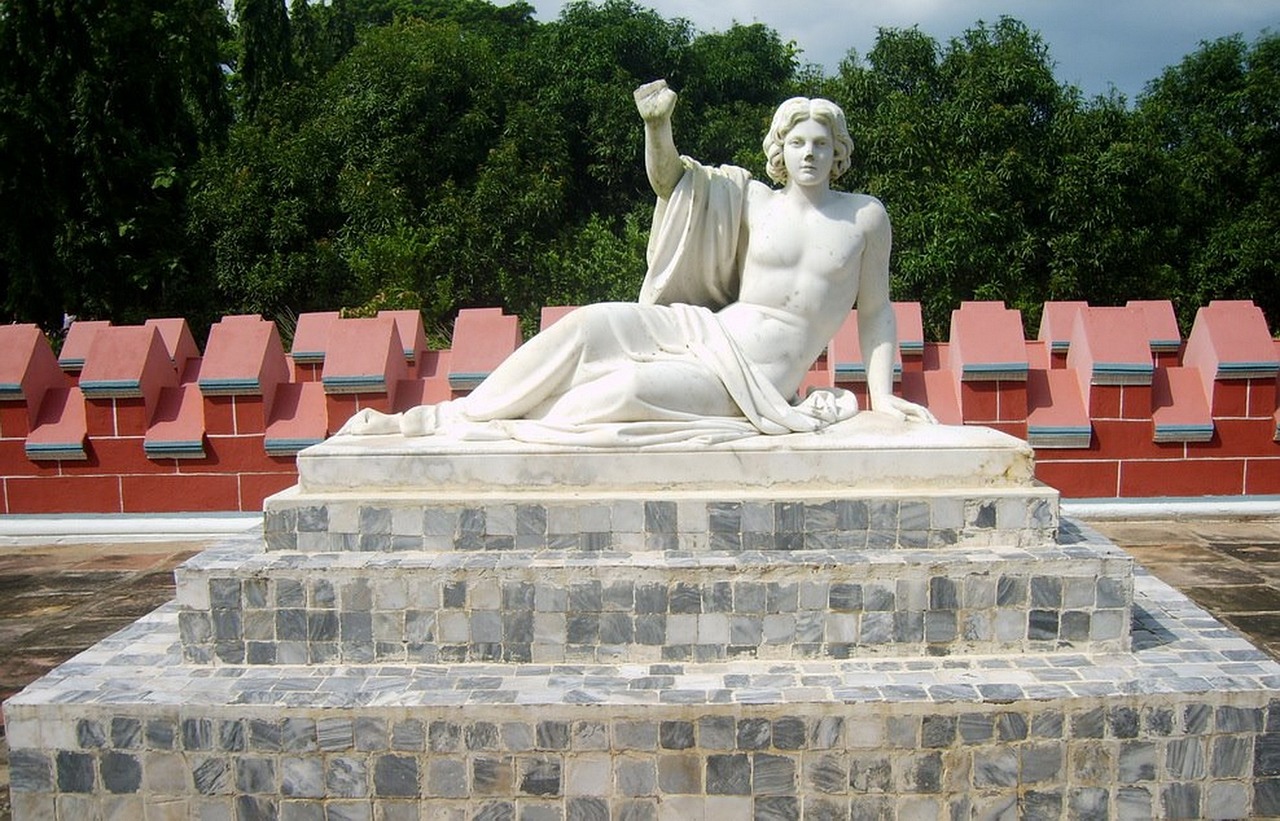This article delves into the magnificent temples of Kolkata, showcasing their architectural splendor, historical importance, and cultural significance. It serves as an ideal guide for both visitors and enthusiasts eager to explore the spiritual heart of this vibrant city.
The Architectural Marvels of Kolkata Temples
Kolkata boasts a plethora of temples that reflect a variety of architectural styles, from traditional Hindu designs to modern interpretations. Each temple narrates its own story through its intricate designs and structures.
Historical Significance of Kolkata’s Temples
Many of Kolkata’s temples are steeped in rich history, serving as testaments to the city’s cultural heritage and the evolution of religious practices over the centuries. These temples are not only places of worship but also essential landmarks for both locals and tourists.
The Famous Dakshineswar Kali Temple
One of the most celebrated temples in Kolkata, the Dakshineswar Kali Temple, is dedicated to Goddess Kali. Renowned for its stunning architecture and spiritual ambiance, it draws countless visitors each year.
- Architectural Features of Dakshineswar Kali Temple: This temple showcases a unique blend of Hindu and Gothic architectural styles, characterized by intricate carvings and a serene location by the river.
- Historical Context of Dakshineswar Kali Temple: Established in the mid-19th century, this temple is closely linked to the life of Ramakrishna Paramahamsa, enhancing its spiritual significance.
The Iconic Belur Math
Belur Math, the headquarters of the Ramakrishna Order, is not just a temple; it is a center for spiritual learning that symbolizes a harmonious blend of various religions.
The Serene Kalighat Temple
Kalighat Temple, dedicated to Goddess Kali, is a significant pilgrimage site known for its vibrant atmosphere and unique rituals that attract devotees from across India.
- Unique Aspects of Kalighat Temple: Famous for its distinctive idol made of black stone, believed to symbolize divine energy.
- Rituals and Festivals at Kalighat Temple: The temple hosts numerous festivals throughout the year, drawing thousands of devotees who participate in elaborate rituals.
Exploring the Marble Palace Temple
The Marble Palace Temple is a stunning example of neoclassical architecture, featuring exquisite marble sculptures and a remarkable art collection, making it a must-visit for art lovers.
- Art and Architecture of Marble Palace Temple: Characterized by intricate marble work and beautiful gardens, it provides a peaceful retreat in the bustling city.
- Visiting Tips for Marble Palace Temple: Visitors are encouraged to check the opening hours and dress modestly to fully appreciate the serene environment.
Conclusion: The Spiritual Essence of Kolkata’s Temples
Kolkata’s temples are more than mere places of worship; they are vibrant cultural hubs that embody the city’s spiritual essence and architectural grandeur. They invite everyone to explore their beauty and significance, making them essential stops on any visit to this historic city.
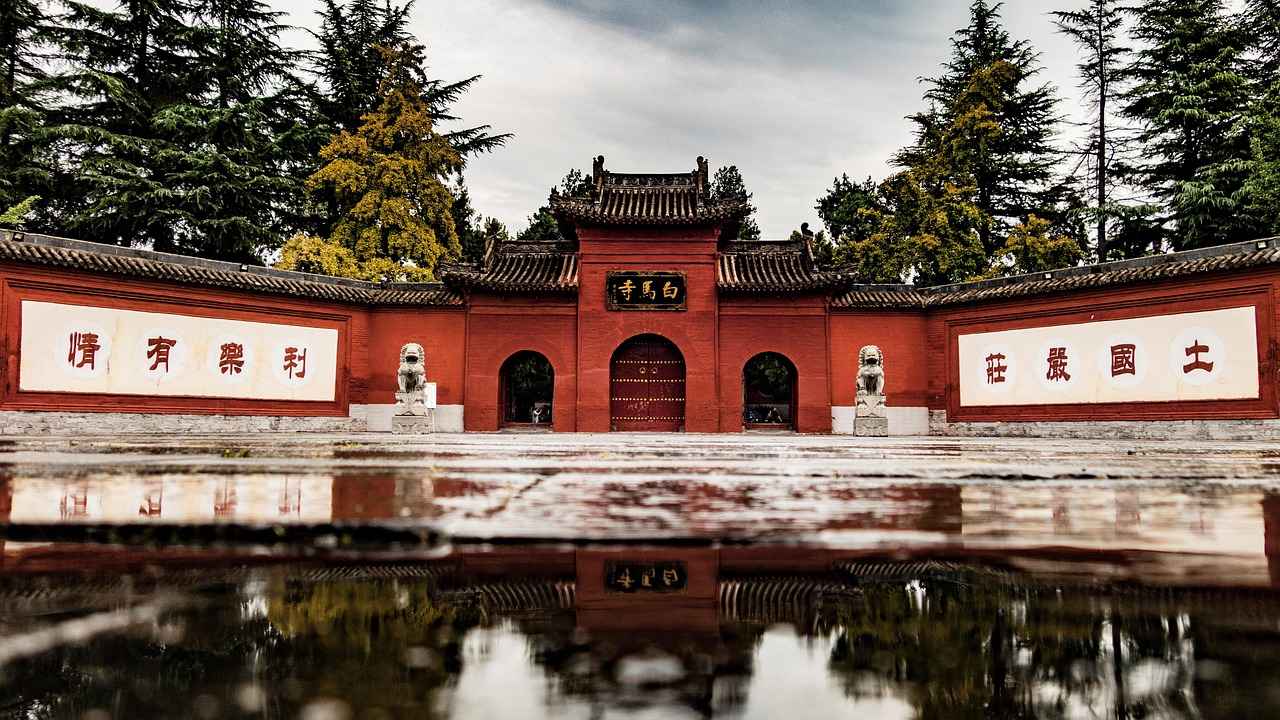
The Architectural Marvels of Kolkata Temples
A Guide to the Most Beautiful Temples in Kolkata, West Bengal
This article explores the stunning temples of Kolkata, highlighting their architectural beauty, historical significance, and cultural relevance, making it a perfect guide for visitors and enthusiasts alike.
Kolkata is a city that boasts a rich tapestry of temples, each showcasing a variety of architectural styles that reflect the city’s diverse cultural heritage. From the intricate designs of traditional Hindu temples to the modern interpretations of spiritual spaces, each temple tells its own unique story through its design and structure.
- Traditional Styles: Many temples feature classic Hindu architectural elements, including ornate carvings, towering spires, and intricate sculptures that depict various deities and mythological stories.
- Modern Influences: Contemporary temples often blend traditional motifs with modern materials and techniques, creating a fascinating juxtaposition that appeals to both the eye and the spirit.
- Symbolic Designs: The layout and orientation of these temples often hold deep symbolic meanings, reflecting the beliefs and practices of the communities they serve.
Among the most notable examples is the Dakshineswar Kali Temple, which showcases a stunning fusion of Gothic and traditional Hindu architecture. Its towering spires and intricate carvings create a mesmerizing sight, especially when illuminated at night.
Another remarkable temple is the Belur Math, which serves as a testament to the unity of different religions, featuring architectural elements from Hindu, Christian, and Islamic designs. This temple not only serves as a place of worship but also as a center for spiritual learning.
In contrast, the Kalighat Temple offers a vibrant atmosphere filled with rituals and festivals that attract thousands of devotees. Its unique idol of Goddess Kali, crafted from black stone, is a powerful symbol of devotion and energy.
In conclusion, the temples of Kolkata are not just places of worship; they are architectural marvels that encapsulate the city’s rich history and spiritual essence. Each temple invites visitors to explore its beauty and significance, making Kolkata a true haven for architecture enthusiasts and spiritual seekers alike.
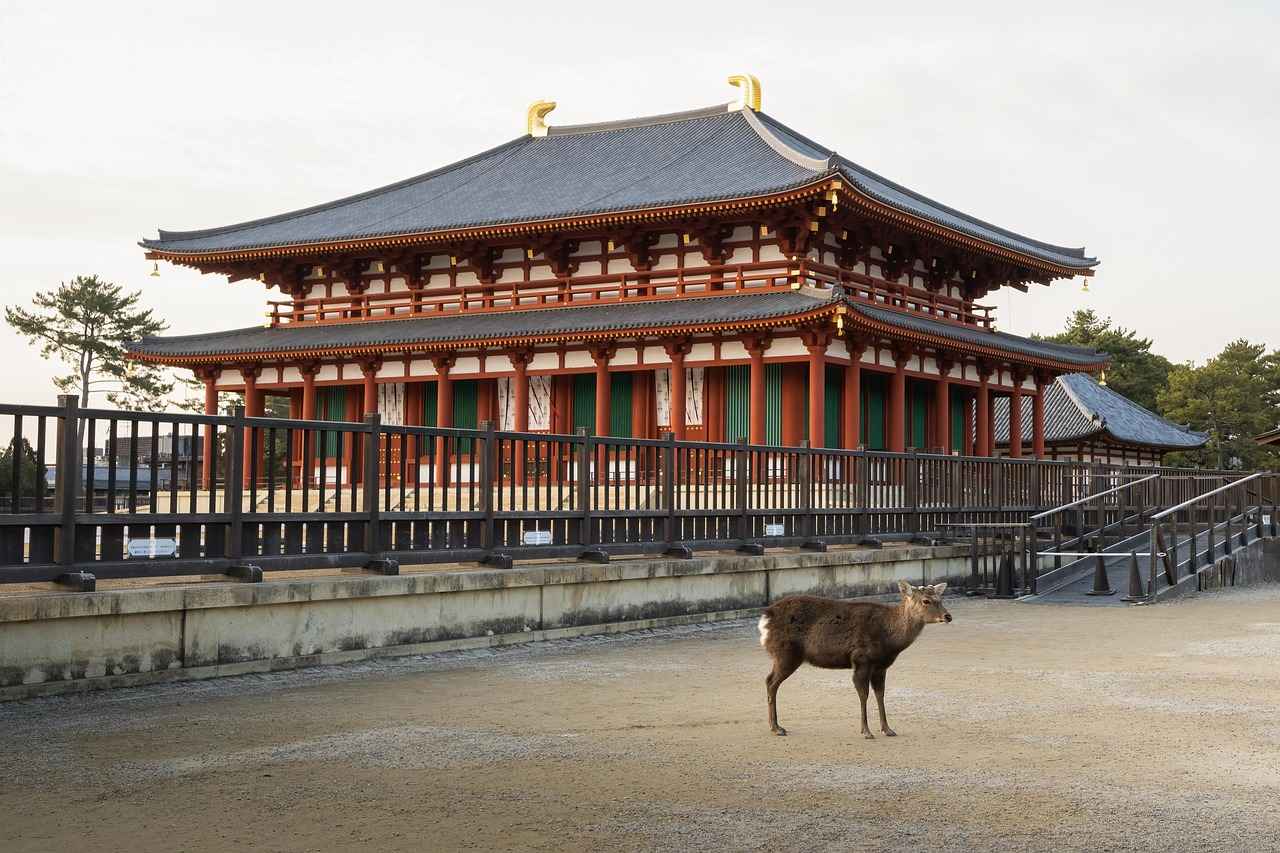
Historical Significance of Kolkata’s Temples
Kolkata, a city known for its vibrant culture and rich history, is home to numerous temples that serve as vital links to its past. These temples are not merely places of worship; they are testaments to the city’s evolving religious practices and cultural dynamics over centuries. Each temple embodies a unique narrative, reflecting the spiritual heritage of the people and the architectural styles that have influenced the region.
Many of these sacred sites date back to ancient times, with some temples established during the British colonial period. They have witnessed significant historical events and movements, making them crucial for understanding Kolkata’s socio-political landscape. For instance, the Dakshineswar Kali Temple, built in the mid-19th century, is not only an architectural marvel but is also associated with the life of the revered saint Ramakrishna Paramahamsa. His teachings and spiritual practices have left an indelible mark on the religious fabric of the city.
The Kalighat Temple, another prominent site, is believed to be one of the 51 Shakti Peethas, representing the divine feminine. It attracts thousands of devotees annually, showcasing the enduring significance of goddess worship in the region. The rituals performed here, especially during festivals, highlight the community’s collective faith and cultural expressions.
Moreover, temples like the Belur Math embody a synthesis of various religious philosophies, promoting a message of unity and harmony among different faiths. This temple, established by Swami Vivekananda, serves as a center for spiritual learning and exemplifies the city’s commitment to interfaith dialogue.
In conclusion, the historical significance of Kolkata’s temples goes beyond their religious functions. They are vital cultural landmarks that preserve the city’s heritage, embodying the stories of its people and their beliefs. Exploring these temples offers a glimpse into Kolkata’s past and a deeper understanding of its spiritual essence.
The Famous Dakshineswar Kali Temple
is a prominent landmark in Kolkata, dedicated to the revered Goddess Kali. This temple not only stands out for its spiritual significance but also for its remarkable architectural features that draw thousands of visitors each year.
Constructed in the mid-19th century, the temple was built by Rani Rashmoni, a wealthy landowner, who sought to create a sacred space for worship. The temple complex is situated on the banks of the Hooghly River, providing a serene backdrop that enhances its spiritual atmosphere. The temple is known for its exquisite blend of Hindu and Gothic architectural styles, featuring intricate carvings and vibrant colors that captivate the eye.
One of the most striking aspects of the Dakshineswar Kali Temple is its main shrine, which houses a beautiful idol of Goddess Kali. This idol, depicted with a fierce expression and adorned with a garland of skulls, symbolizes the divine feminine energy and strength. The temple is also famous for its 12 Shiva temples located within the complex, each dedicated to a different manifestation of Lord Shiva.
The temple’s spiritual significance is further amplified by its association with Ramakrishna Paramahamsa, a revered saint who spent a significant part of his life here. His teachings and experiences in this sacred space continue to inspire countless devotees and seekers of truth.
Visitors to the Dakshineswar Kali Temple can expect a vibrant atmosphere, especially during festivals like Navaratri and Durga Puja, when the temple is adorned with lights and flowers, and special rituals are performed. The temple complex is not only a place of worship but also a hub of cultural activities, where spiritual discourses and gatherings take place regularly.
In conclusion, the Dakshineswar Kali Temple is more than just a religious site; it is a symbol of Kolkata’s rich cultural heritage and spiritual depth. Whether you are a devotee, a tourist, or an architecture enthusiast, this temple offers a profound experience that resonates with the essence of Kolkata.
Architectural Features of Dakshineswar Kali Temple
The Dakshineswar Kali Temple stands as a testament to the rich cultural and architectural heritage of Kolkata. This magnificent temple, dedicated to the fierce goddess Kali, is renowned for its unique blend of Hindu and Gothic architectural styles, making it a captivating sight for visitors and devotees alike.
One of the most striking features of the temple is its intricate carvings. These detailed artworks, found throughout the temple complex, showcase a variety of motifs, including mythological figures, floral designs, and scenes from Hindu epics. The craftsmanship reflects the skill and artistry of the artisans who dedicated their time to creating these masterpieces.
The temple’s location along the banks of the Hooghly River adds to its allure. Visitors are often enchanted by the serene riverfront, which not only enhances the temple’s beauty but also provides a tranquil atmosphere for reflection and devotion. The sound of flowing water coupled with the vibrant energy of the temple creates a unique spiritual experience.
Furthermore, the temple complex consists of a series of spires and domes, each designed with precision and care. The main temple structure is adorned with a grand entrance that features detailed sculptures, inviting devotees into its sacred space. The harmony of the temple’s layout, with its open courtyards and surrounding gardens, encourages a sense of peace and contemplation.
In conclusion, the architectural features of the Dakshineswar Kali Temple not only highlight its religious significance but also serve as a reminder of the artistic brilliance of its creators. This temple is more than just a place of worship; it is a cultural landmark that embodies the essence of Kolkata’s heritage.
Historical Context of Dakshineswar Kali Temple
Constructed in the mid-19th century, the Dakshineswar Kali Temple holds a prominent place in the spiritual and cultural landscape of Kolkata. This temple is intricately linked to the life of Ramakrishna Paramahamsa, a revered saint whose teachings continue to inspire millions. His profound experiences and spiritual practices at this temple have turned it into a significant pilgrimage site for devotees seeking enlightenment and solace.
The temple was commissioned by Rani Rashmoni, a wealthy widow and philanthropist, who was deeply devoted to the goddess Kali. Her vision was to create a sacred space that would not only serve as a place of worship but also as a center for spiritual learning. The architecture of the temple reflects a blend of traditional Hindu and Gothic styles, characterized by its towering spires and intricate carvings, making it a visual marvel.
In addition to its architectural beauty, the temple is renowned for its serene location along the banks of the Hooghly River. This picturesque setting enhances the spiritual ambiance, drawing thousands of visitors each year. The temple complex features a series of shrines dedicated to various deities, with the main shrine housing a striking idol of Goddess Kali, adorned with flowers and offerings from devotees.
The historical significance of Dakshineswar Kali Temple extends beyond its physical structure. It serves as a living testament to the rich tapestry of Indian spirituality and the evolution of religious practices in the region. The temple has witnessed numerous rituals and festivals that celebrate the goddess and her teachings, fostering a sense of community among worshippers.
Today, Dakshineswar Kali Temple remains an essential part of Kolkata’s heritage, symbolizing the city’s deep-rooted spiritual traditions and the enduring legacy of Ramakrishna Paramahamsa. Visitors to the temple not only engage in worship but also connect with a rich history that continues to shape the spiritual landscape of India.
The Iconic Belur Math
Belur Math, the revered headquarters of the Ramakrishna Order, stands as a remarkable symbol of spiritual unity and enlightenment. This magnificent complex is not merely a temple; it serves as a center for spiritual learning that embodies a harmonious blend of various religions, including Hinduism, Christianity, and Islam. Established in the late 19th century by Swami Vivekananda, it reflects the teachings of his guru, Ramakrishna Paramahamsa, who emphasized the universality of all faiths.
The architectural design of Belur Math is a stunning amalgamation of different styles, showcasing intricate carvings and majestic domes. The main temple is adorned with symbolic motifs that represent diverse spiritual traditions, making it a unique landmark in Kolkata. Visitors often find solace in its serene surroundings, which include beautifully landscaped gardens and tranquil water bodies.
- Spiritual Significance: The temple attracts pilgrims and spiritual seekers from around the world, who come to meditate and learn about the teachings of Ramakrishna.
- Cultural Events: Belur Math hosts various cultural and spiritual events throughout the year, including lectures, workshops, and festivals that promote interfaith dialogue.
- Visitor Experience: Visitors are encouraged to participate in guided tours that provide insights into the history and philosophy of the Ramakrishna Order.
Overall, Belur Math stands as a beacon of hope and a testament to the spiritual legacy of its founders. It invites individuals to explore the depths of their spirituality while fostering a sense of community and understanding among diverse faiths. Whether you are a local resident or a traveler, a visit to Belur Math is a profound experience that enriches the soul.

The Serene Kalighat Temple
is one of the most revered pilgrimage sites in Kolkata, dedicated to Goddess Kali. This temple not only serves as a spiritual haven for countless devotees but also embodies the rich cultural tapestry of the region. Its vibrant atmosphere and unique rituals attract visitors from all corners of India, making it a must-visit destination for anyone exploring the city.
Located on the banks of the Adi Ganga, the Kalighat Temple is steeped in history and legend. It is believed to be one of the 51 Shakti Peethas, where the toes of Sati fell. The temple’s architecture features a distinctive style, with a striking black stone idol of Goddess Kali, representing the fierce and protective aspect of the divine feminine. This unique idol, adorned with a necklace of skulls, symbolizes the cycle of life and death, attracting both reverence and curiosity.
Visitors to the temple are often captivated by the rituals that take place throughout the day. One of the most significant practices is the daily ‘puja’, where offerings of flowers, fruits, and sweets are made to the goddess. During major festivals like Navaratri and Durga Puja, the temple comes alive with elaborate celebrations, drawing thousands of devotees who participate in singing, dancing, and fervent prayers.
Kalighat Temple also serves as a cultural hub, where local artisans showcase their crafts, and visitors can experience the warmth of Bengali hospitality. The temple’s surroundings are filled with shops selling religious artifacts, making it an ideal spot for those looking to take home a piece of Kolkata’s spiritual essence.
In conclusion, the Kalighat Temple is more than just a place of worship; it is a vibrant symbol of Kolkata’s spiritual and cultural identity. Whether you are a devotee or a curious traveler, the temple offers a unique glimpse into the city’s rich heritage and the enduring devotion to Goddess Kali.
Unique Aspects of Kalighat Temple
The Kalighat Temple, a revered pilgrimage site in Kolkata, is not just famous for its spiritual significance but also for its distinctive idol of Goddess Kali. This idol, carved from black stone, serves as a powerful emblem of divine energy and is a focal point for countless devotees who visit the temple seeking blessings and spiritual solace.
The idol’s design is striking, with the goddess depicted in a fierce yet protective stance, symbolizing the triumph of good over evil. The black stone from which the idol is made is believed to hold immense spiritual power, drawing worshippers from all corners of India. This unique portrayal of Goddess Kali is integral to the temple’s identity, making it a significant landmark in the spiritual landscape of Kolkata.
Additionally, the temple’s architecture is a blend of traditional and contemporary styles, featuring intricate carvings and vibrant decorations that reflect the rich cultural heritage of the region. The temple complex is adorned with colorful murals and sculptures, creating an atmosphere that is both serene and captivating.
Visitors to the Kalighat Temple often participate in various rituals, including offerings of flowers, sweets, and fruits, which are presented to the goddess as a sign of devotion. These rituals, steeped in tradition, contribute to the temple’s vibrant atmosphere, drawing in both locals and tourists alike.
Furthermore, the temple is surrounded by a lively market where devotees can purchase religious items, souvenirs, and local delicacies, enhancing the overall experience of visiting this sacred site.
In conclusion, the Kalighat Temple stands out not only for its unique idol of Goddess Kali but also for its rich cultural significance and vibrant atmosphere, making it a must-visit destination for anyone exploring Kolkata.
Rituals and Festivals at Kalighat Temple
The Kalighat Temple, a prominent pilgrimage site in Kolkata, is renowned not just for its spiritual significance but also for the vibrant rituals and festivals that take place throughout the year. These events attract thousands of devotees, each eager to partake in the elaborate celebrations that reflect the rich cultural tapestry of the city.
Among the most notable festivals is Durga Puja, celebrated with immense fervor. This festival, dedicated to the goddess Durga, sees the temple adorned with colorful decorations, and devotees engage in prayers and offerings to seek blessings. The atmosphere is electrifying, filled with the sounds of devotional music and the sight of beautifully crafted idols.
- Navaratri: A nine-night festival dedicated to the worship of the goddess, featuring nightly rituals and cultural performances.
- Chhath Puja: A festival honoring the Sun God, where devotees gather by the riverbank for prayers and offerings.
- Kalipuja: A night dedicated to Goddess Kali, marked by special rituals and nighttime festivities.
Each of these festivals showcases the deep-rooted traditions of Kolkata, where rituals are performed with great devotion and enthusiasm. The temple’s priests play a crucial role, conducting pujas (worship rituals) that include chanting of mantras and offering of prasad (sacred food) to the goddess.
During these celebrations, the temple becomes a hub of activity, with devotees engaging in communal prayers, singing hymns, and participating in processions. The sense of community is palpable, as people from all walks of life come together to celebrate their faith.
In conclusion, the not only serve as a means of spiritual connection but also as a vibrant expression of Kolkata’s cultural identity, drawing people into a shared experience of devotion and celebration.
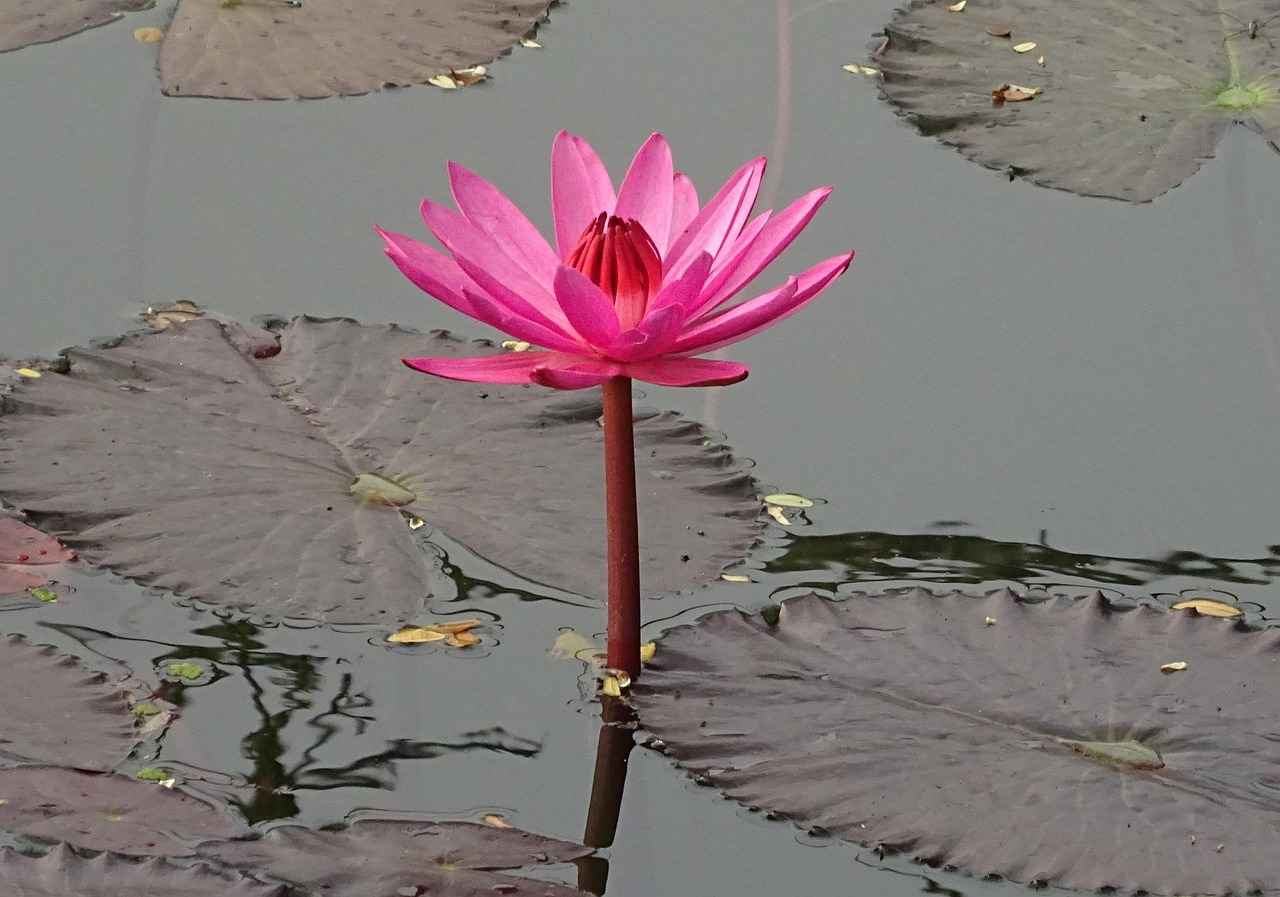
Exploring the Marble Palace Temple
The Marble Palace Temple, located in the heart of Kolkata, stands as a magnificent representation of neoclassical architecture. This architectural gem is not just a temple; it is a vibrant cultural site that draws visitors from around the globe. Its stunning façade, adorned with intricate marble sculptures, offers a glimpse into the artistic prowess of its creators.
Constructed in the 19th century, the temple was commissioned by the wealthy Marble King, Raja Rajendra Mullick. The structure is surrounded by lush gardens, creating a serene atmosphere that contrasts beautifully with the bustling city. Inside, visitors can admire a remarkable collection of art, including paintings by renowned artists and exquisite European sculptures, making it a true art lover’s paradise.
The temple’s architecture features grand columns, ornate ceilings, and detailed carvings, all crafted from the finest marble. As you walk through its halls, you will encounter various religious motifs and symbols that reflect the rich spiritual heritage of the region. The temple is not only a place of worship but also a testament to the artistic and cultural legacy of Kolkata.
Visiting Tips for Marble Palace Temple
- Check the opening hours before planning your visit, as they can vary.
- Dress modestly to respect the sanctity of the temple.
- Consider hiring a local guide to gain deeper insights into the temple’s history and art.
In conclusion, the Marble Palace Temple is a must-visit destination for anyone interested in art and architecture. Its unique blend of spirituality and artistic expression makes it an essential part of Kolkata’s cultural landscape.
Art and Architecture of Marble Palace Temple
The Marble Palace Temple, a hidden gem in the heart of Kolkata, is renowned for its stunning neoclassical architecture and exquisite marble craftsmanship. This temple, constructed in the 19th century, showcases a remarkable blend of European and Indian architectural styles, making it a unique landmark in the city.
As you approach the temple, the first thing that captures your attention is the intricate marble work that adorns its façade. The builders used high-quality marble, which not only enhances the temple’s aesthetic appeal but also reflects the opulence of the era in which it was built. The detailed carvings and sculptures depict various deities and mythological scenes, inviting visitors to delve into the rich tapestry of Hindu mythology.
Surrounding the temple are beautiful gardens that provide a serene atmosphere, making it an ideal retreat from the bustling city life. These gardens are meticulously maintained, featuring a variety of flora that blooms throughout the year. Visitors often find themselves wandering through these lush landscapes, enjoying the tranquility that the gardens offer.
Inside the temple, the ambiance is equally captivating. The main hall houses an impressive collection of art, including paintings and sculptures from various periods. The interiors are adorned with chandeliers and antique furniture, further enriching the experience of those who visit. Each corner of the temple tells a story, reflecting the artistic sensibilities of its creators.
For those planning to visit, it is advisable to check the opening hours and dress modestly to respect the sanctity of the temple. The Marble Palace Temple not only stands as a testament to Kolkata’s architectural heritage but also serves as a reminder of the city’s rich cultural history.
In conclusion, the Marble Palace Temple is more than just a place of worship; it is a celebration of art and architecture, providing a peaceful escape and a glimpse into the past for all who visit.
Visiting Tips for Marble Palace Temple
When planning a visit to the Marble Palace Temple in Kolkata, it is essential to consider certain guidelines to ensure a fulfilling experience. This temple, renowned for its stunning architecture and artistic treasures, offers a serene environment that captivates visitors. To fully appreciate its beauty and significance, here are some important tips:
- Check Opening Hours: Before your visit, make sure to verify the temple’s opening hours. The Marble Palace Temple typically opens in the morning and closes in the afternoon, but it may also have specific visiting days. Planning your visit accordingly will help you avoid disappointment.
- Dress Modestly: As a place of worship, it is crucial to dress modestly when visiting the temple. Wearing clothing that covers your shoulders and knees is recommended to show respect for the sacred space. This modest attire allows visitors to immerse themselves in the spiritual ambiance without distraction.
- Photography Guidelines: While the temple’s architecture is breathtaking, be mindful of photography rules. In some areas, photography may be restricted to maintain the sanctity of the space. Always seek permission when in doubt, and consider capturing the beauty of the temple from designated areas.
- Explore the Gardens: The Marble Palace Temple is not only about the temple structure; the surrounding gardens are equally mesmerizing. Take time to stroll through the lush greenery and admire the sculptures and fountains, which add to the overall charm of the site.
- Engage with Local Culture: Interacting with local devotees and staff can enrich your visit. They often have fascinating insights and stories about the temple’s history and significance, enhancing your understanding of its cultural importance.
By following these tips, visitors can ensure a respectful and enriching experience at the Marble Palace Temple, allowing them to fully appreciate its serene environment and artistic treasures.
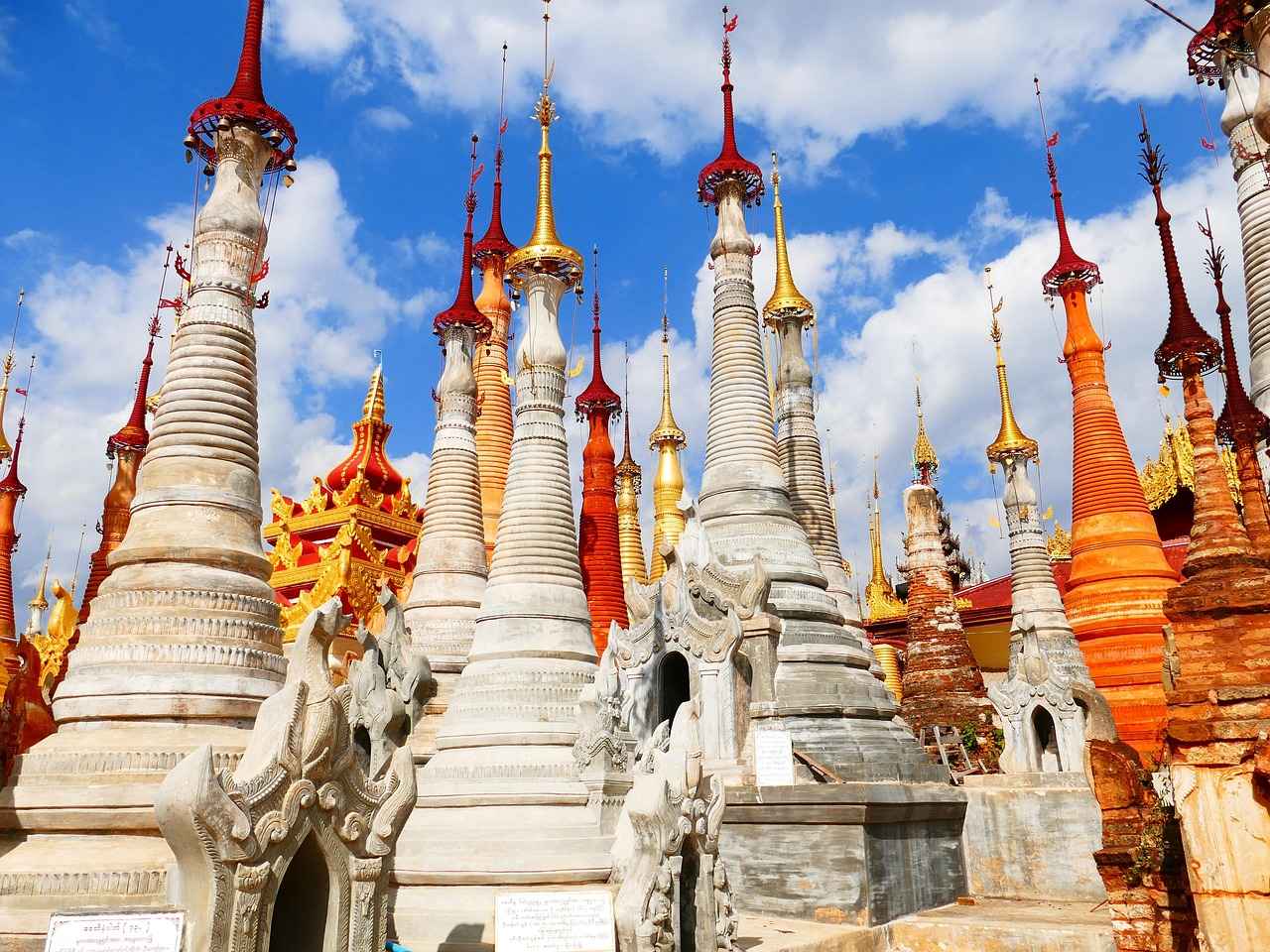
Conclusion: The Spiritual Essence of Kolkata’s Temples
Kolkata’s temples are not merely places of worship; they serve as vibrant cultural hubs that encapsulate the spiritual essence and architectural grandeur of the city. Each temple tells a story, inviting visitors to explore their beauty and significance while immersing themselves in the rich cultural tapestry of Kolkata.
The architectural diversity of these temples is astounding. From the intricate carvings of the Dakshineswar Kali Temple to the serene ambiance of the Kalighat Temple, each structure showcases a unique blend of styles that reflect the city’s historical evolution. This architectural marvel not only attracts devotees but also art enthusiasts and tourists eager to appreciate the city’s heritage.
Beyond their architectural beauty, the temples of Kolkata are steeped in history. Many have stood the test of time, witnessing the changing dynamics of religious practices and cultural traditions. The Belur Math, for instance, is not only a temple but also a center for spiritual learning, symbolizing the harmony among different religions. Such historical significance makes these temples vital landmarks, offering insights into the spiritual journey of the city.
The Kalighat Temple is particularly notable for its vibrant atmosphere and unique rituals. It attracts thousands of devotees from across India, especially during festivals, where elaborate celebrations highlight the cultural richness of Kolkata. The temple’s idol of Goddess Kali, made of black stone, is revered as a powerful symbol of divine energy, further enhancing its spiritual allure.
In conclusion, Kolkata’s temples are a testament to the city’s rich heritage and spiritual diversity. They are not just places of worship; they are essential cultural landmarks that invite everyone to experience their beauty and significance. Whether you are a local or a visitor, exploring these temples offers a profound connection to the spiritual essence that defines Kolkata.
Frequently Asked Questions
- What are the must-visit temples in Kolkata?
When in Kolkata, don’t miss the Dakshineswar Kali Temple, Belur Math, and Kalighat Temple. Each offers a unique experience, showcasing stunning architecture and rich spiritual significance.
- Are there any specific rituals at Kalighat Temple?
Yes! Kalighat Temple is famous for its vibrant rituals, especially during festivals. Devotees participate in elaborate ceremonies that highlight the cultural richness of Kolkata.
- What is the best time to visit the Marble Palace Temple?
The Marble Palace Temple is best visited in the morning when it’s less crowded. Make sure to check the opening hours beforehand and dress modestly to respect the temple’s atmosphere.
- Is photography allowed in these temples?
Photography policies vary by temple. While some allow it, others may restrict it, especially inside the sanctum. Always check the rules upon arrival to avoid any issues.
- How do I reach these temples in Kolkata?
Kolkata has an extensive public transport system, including buses, trams, and the metro. Taxis and auto-rickshaws are also readily available, making it easy to reach any temple.
